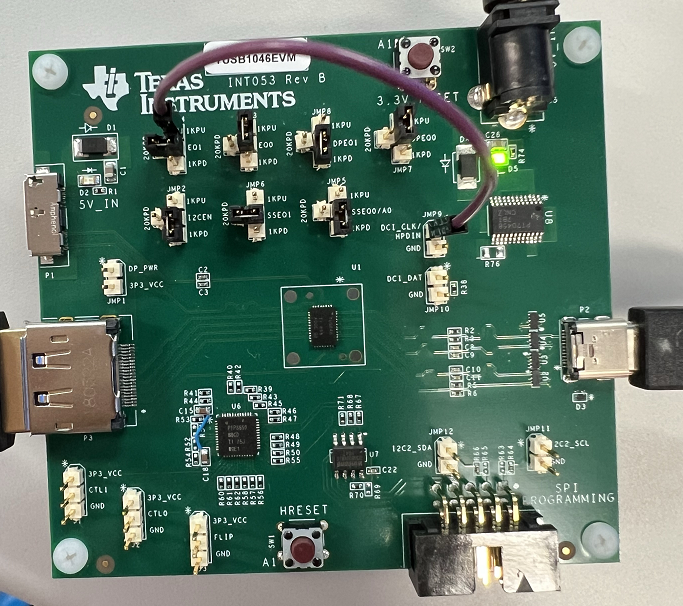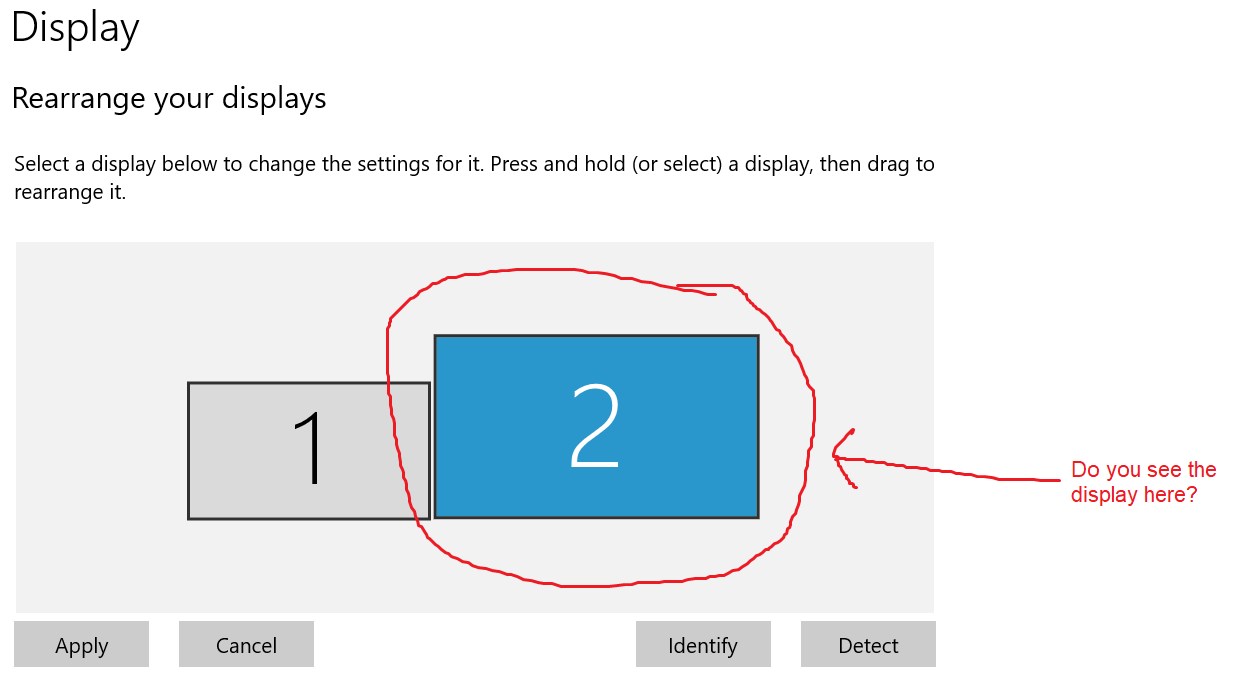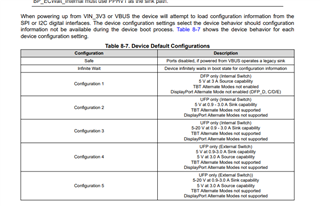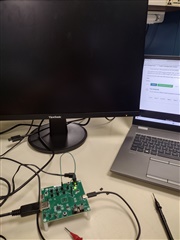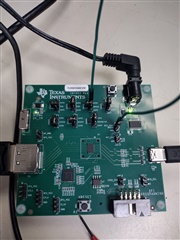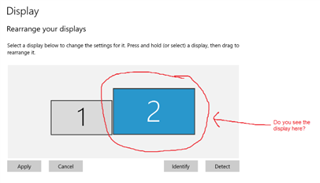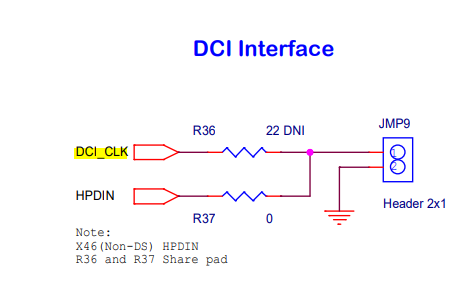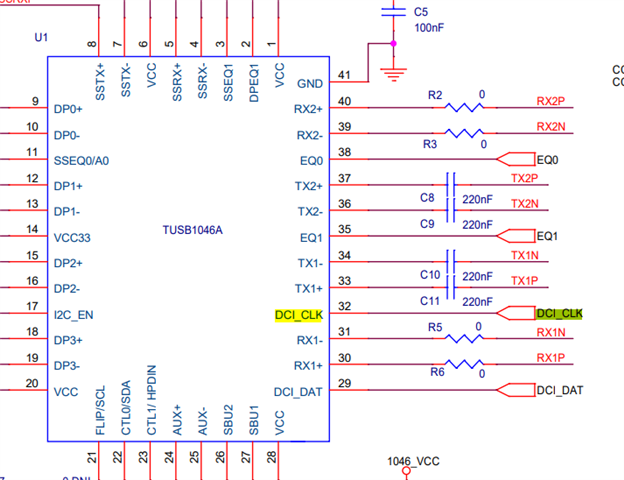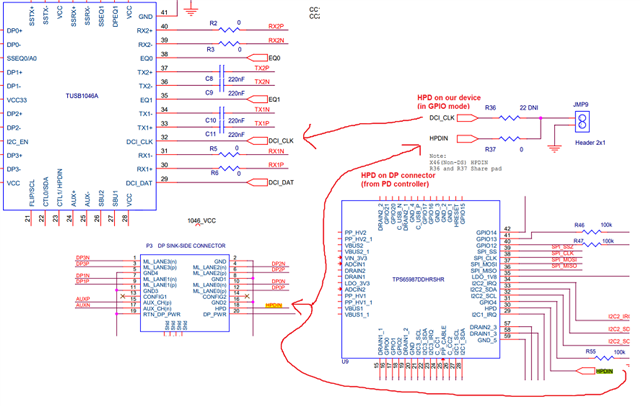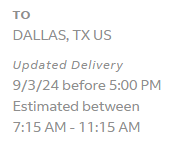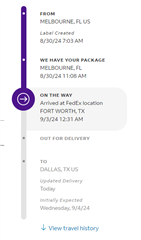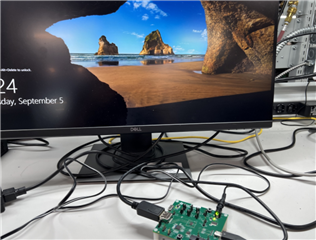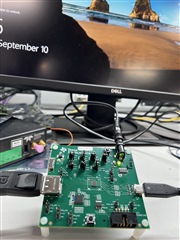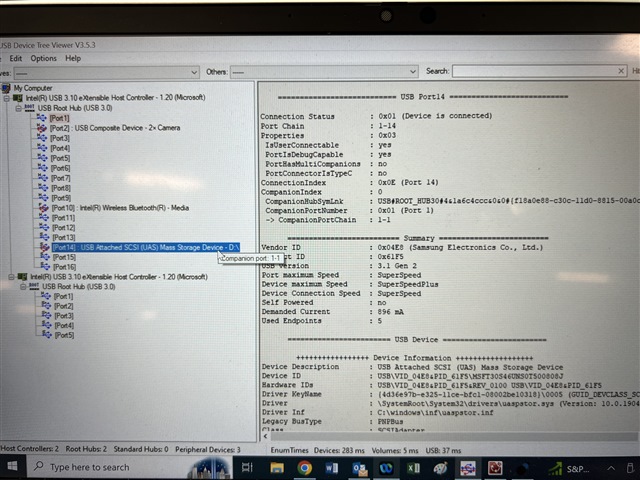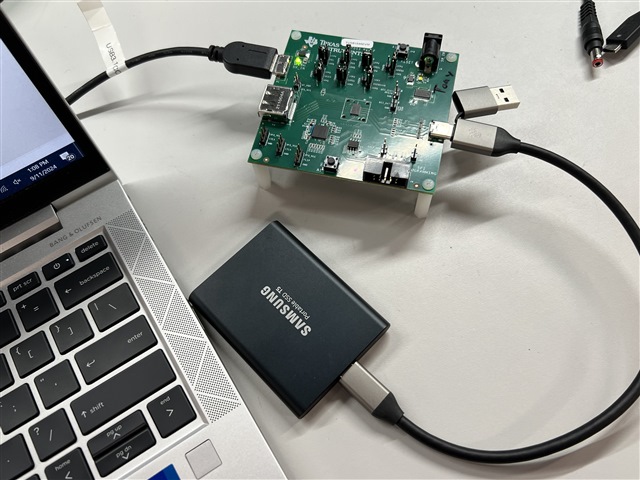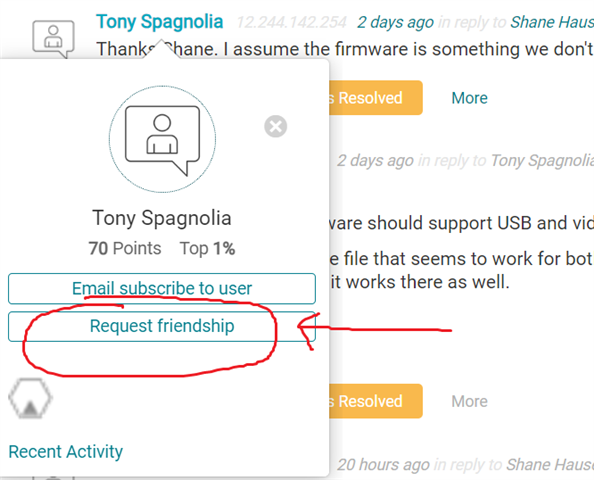Other Parts Discussed in Thread: TPS65987, TUSB1064
Tool/software:
I cannot get USB data nor display port to work. I am attempting to use GPIO mode. I have a rev F TUSB1046EVM
I am using an external 5V supply at J5
JMP2 is installed horizontal to enable GPIO mode
I tried both installing a header on JMP1 and leaving it open.
I wired 3.3V directly to JMP9 to force HPD high
R37, R14, R12, R11, R10 and R8 are installed.
R69, R65, R63, R76, R36, R13, R9, R7, R53, R54, R52, R51 are not installed
I have tried the following settings using J1, J2 and J3:
- Display Port 4 mode with no flip
- Display Port 4 mode with Flip
- One Port USB 3.1 no flip
- One port USB 3.1 no flip
- 1 port USB 3.1 + 2 lane DP no flip
- 1 port USB 3.1 + 2 lane DP with flip
No matter what, I can't get any data nor display port to pass. I can only charge devices using the display port. Please advise if any of my configuration settings are wrong.


